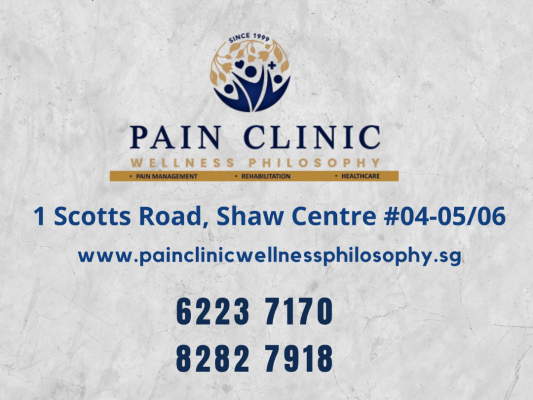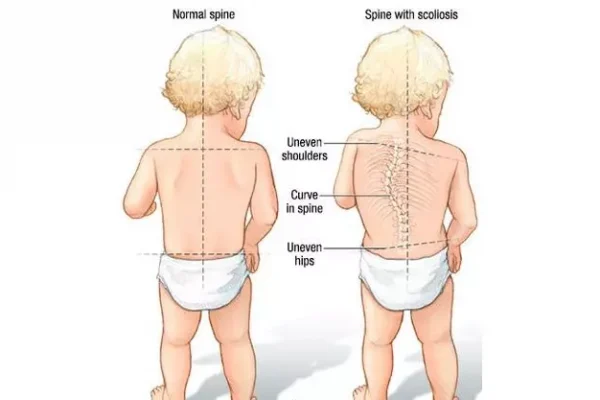No products in the cart.
Pain, Pain Management, scoliosis
Scoliosis: Pediatric and Adolescence
Scoliosis: Pediatric and Adolescence
What is Scoliosis?
It is typically described as an abnormal curvature in the spine. It’s described to be a “S” or “C” shape instead of being straight. This abnormality is commonly found in children with an incident rate of two percent in Singapore. This is most often seen in healthy children and adolescents aged ten years or more. (source) This also means that the risk of this condition begins for us as young as 10 to 11 years old. Therefore let us explore and understand more on this condition.
The four main types are:
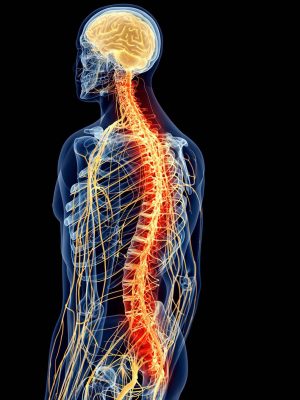
- Idiopathic Scoliosis – The most common form of scoliosis. The term “Idiopathic” means its cause is unknown. This is seen in 3 age groups: Infantile (< 3y/o) , juvenile ( 3 – 10 y/o ) and adolescence ( >10y/o) . The adolescence age group is where it’s most commonly found. For children with Idiopathic Scoliosis, they can appear fully healthy. With no detection of any joint or bone diseases.
- Congenital Scoliosis : Due to congenital birth defects it is often associated with other organ defects.
- Neuromuscular Scoliosis: Due to loss of control of nerves or muscles that support the spine. Cerebral palsy and muscular dystrophy are one the common causes for this type.
- Degenerative Scoliosis: Caused by degeneration of the discs, or arthritis in the joints that link them. And usually occurs later in life unlike the first 3 types.
This condition is found more commonly in girls than in boys (Ratio 7:1). It affects children of all races. In Singapore adolescent idiopathic scoliosis found in schoolgirls is 1.4% at 11-12years of age, 2.2% at 13-14 years of age. Therefore, the older the child, the higher the prevalence of scoliosis. (Source)
Symptoms & Signs:
There are several symptoms and signs that indicate the possibility of this condition. Being able to identify the problem is the first step in any journey to recovery. Here are some symptoms and signs you can look for.
- Uneven shoulders: One shoulder higher than the other. Or that appears tilted.
- Head is not centred and rested directly on shoulders or pelvis.
- One or both hips are raised or abnormally high.
- Uneven or tilted waist.
- Imbalance muscles. Body is seen tilted/leaning to one side
Most cases of Idiopathic Scoliosis occur for a child between age 10 until they are fully grown. It rarely causes any form of pain, therefore typically goes unnoticed.
Treatment options:
When deciding scoliosis treatment, some factors we must consider is:
- The type of scoliosis
- The degree of the curvature
- Age of patient
- Family history
- Remaining growth years for children
Monitoring for 4 to 6 months for children with mild cases of scoliosis is recommended. A brace can be introduced if the curvature is observed to be getting worse. This will help prevent it from escalating. It should be made known that Scoliosis cannot be corrected through good posture change. A change of diet and intake of vitamin supplements might help your overall health. But does not directly affect Scoliosis.
About 10% of all male and female adolescents suffer from scoliosis. However, less than 1% require medical attention. Depending on the varying degree of Scoliosis. You may want to explore different options:
Scoliosis Therapy Methodology
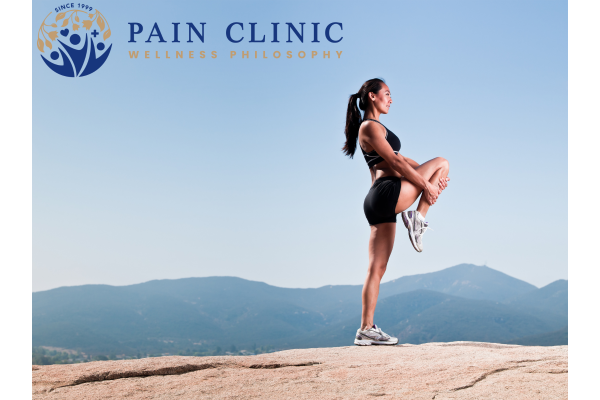
Rehabilitating this condition includes various options:
Bracing:
- This only stops the progression of curvature but does not reverse the current state.
Surgery:
- Controls the progression and reduces discomfort of the curvature using steel rods and screws.
Safe Non-Invasive Methods
- With Pain Clinic, we offer therapies that are safe and non-invasive for this condition.
Spinal Decompression Therapy:
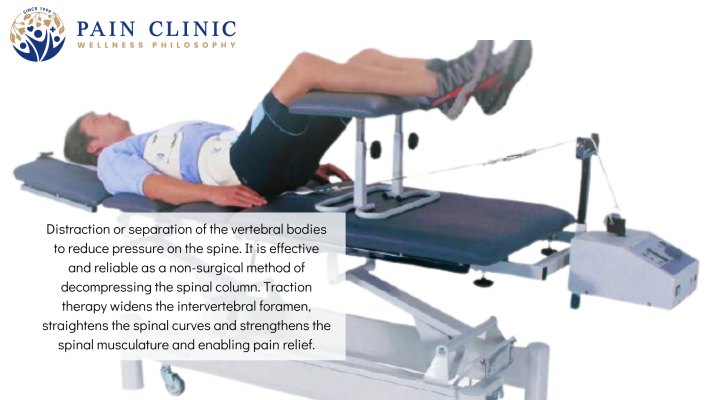
- This process provides pain relief through stretching and pulling of the spine. Therefore bringing about proper realignment. It releases stress and pressure from the back and reduces the abnormal curvature commonly found in patients with scoliosis. This therapy method has benefited numerous patients – see this video with our patient Mr Ho!
Ultrasound Therapy:
- Using ultrasound waves, heat is generated to transmit vibrations through the skin. This promotes and increases tissue healing, as blood flow and circulation is sent to your back. Enabling existing swells and edema to decrease around your back. Therefore alleviating a significant amount of pain.
Extracorporeal Shockwave Therapy (ESWT):
- Pain Clinic @ Wellness Philosophy incorporates advanced, effective, and safe clinical interventions. Surgery is not your only option in speeding up the recovery of your ligaments and connective tissues. ESWT increases the healing repair mechanism in your body without causing any side effects.
[AlterG] Anti Gravity Treadmill:
- AlterG is a really advanced piece of technology created by NASA. This technology is made to reduce the pressure from excessive weight. Reducing the unhealthy stress felt from the spine to the back. That can cause conditions like sciatica pain. The AlterG has the ability to reduce your gravitational body weight up to 90% , thus keeping your lower limbs safe. All while allowing the user to reduce their weight.
We are available for your call at +65 6223 7170
Message at +65 8282 7918 (WhatsApp)
Email: Marketing@wellnessphilosophy.sg
Your Health, We Care!
